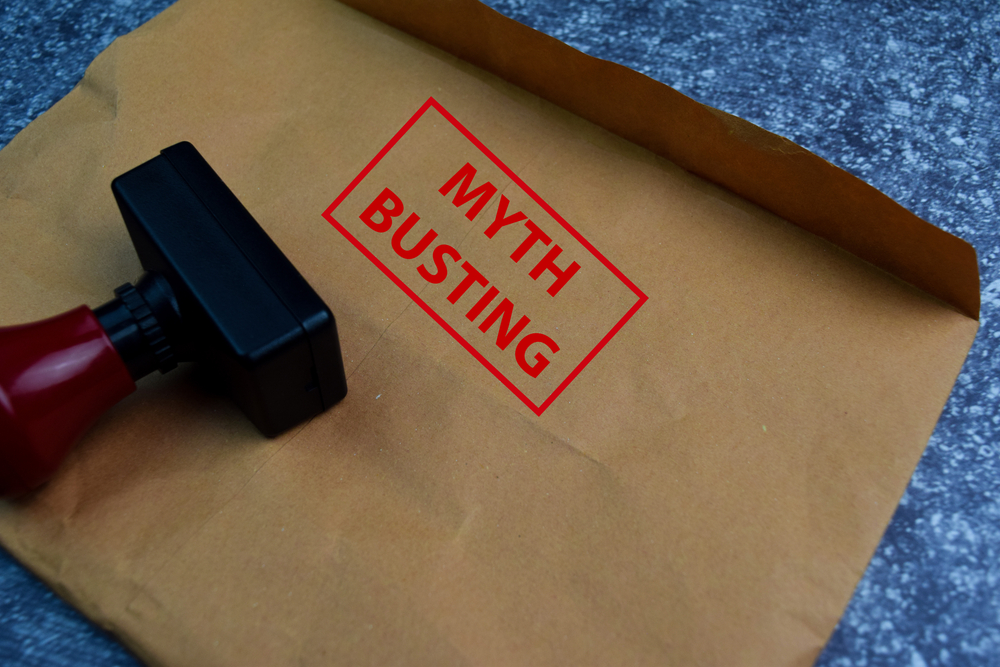
TMJ and sleep disorders are very common but not really understood. This can explain why myths or misconceptions are out there. The other side of this coin is this is also commonly misdiagnosed because symptoms vary from person to person and are similar to other problems. One example of similarities is with Lyme Disease. This is caused by a tick bite and the symptoms could be chronic headaches or migraines, jaw pain and tingling in the hand or fingers, notable symptoms of TMJ disorder. The big difference is Lyme disease does not have the clicking and popping or vertigo symptoms of TMJ disorder. There are other examples as well; migraines, Trigeminal Neuralgia (short, sharp pain from touching of the jaw joint), or even a Ganglion Cyst (on the TM joint causing swelling and jaw pain).
Just remember all of us get sore muscles from time to time. The big difference is when the muscles in your jaw joints get sore and the soreness does not go away. This is when you should ask your dentist for a referral. Otherwise, you could be prolonging the unnecessary pain or soreness and allowing the disc to possibly become further damaged. TMJ disorder does affect other parts of your body. The myth of no popping or clicking means no TMJ disorder is not true. These displaced discs can cause other symptoms of neck pain, backache, loss of balance, or hearing loss without the clicking or popping.
Another common myth is that TMJ disorder is harmless and that living with it will not cause problems. It is true this condition is non-life-threatening but at the same time, it should be addressed. Some possible development would be bruxism. This process causes grinding of your teeth and clenching, wearing down your tooth’s enamel, and can cause sleep issues. If the tooth enamel is worn down, then the potential of decay or tooth loss becomes greater.
For the sleep side of things, sleep can be interrupted by the clenching and grinding of your teeth. Interrupted sleep or waking up unrefreshed is a symptom of both TMJ disorder and sleep apnea. It is not considered just a sleep issue. The myth of sleep issues coming with age is not exactly true. The aging process does decrease the tone in muscles and the airway muscles are not immune to this. The muscles in the airway no longer hold the jaw in the correct place and in turn, the airway becomes restricted. Your body is now fighting harder to breathe. The use of a CPAP as the only treatment for sleep apnea is another myth. The American Academy of Sleep Medicine has determined that an oral sleep appliance is very effective for mild to moderate apnea index. This index tells us how many times your sleep is interrupted within a night. The Epworth scale (tiredness level) in conjunction with the apnea index can determine if the oral appliance will be effective.
An interesting myth, sleeping on your side cures sleep apnea, actually helps with sleep apnea but does not cure it. By sleeping on your side, the tongue is not relaxed enough to obstruct the airway by falling back into the throat creating a blockage. The tongue is off to the side allowing air to pass through the airway. This is noted with mild cases of sleep apnea. The side sleeping is most definitely not a cure but is recommended a lot for “positional apnea”.
There are so many more myths out there for both TMJ and sleep disorders. Always consult with your dentist or physician when it comes to these issues. You do want to address these symptoms because both these conditions will affect your brain and in turn affect cognitive functions, generating higher stress, and possible memory loss.
